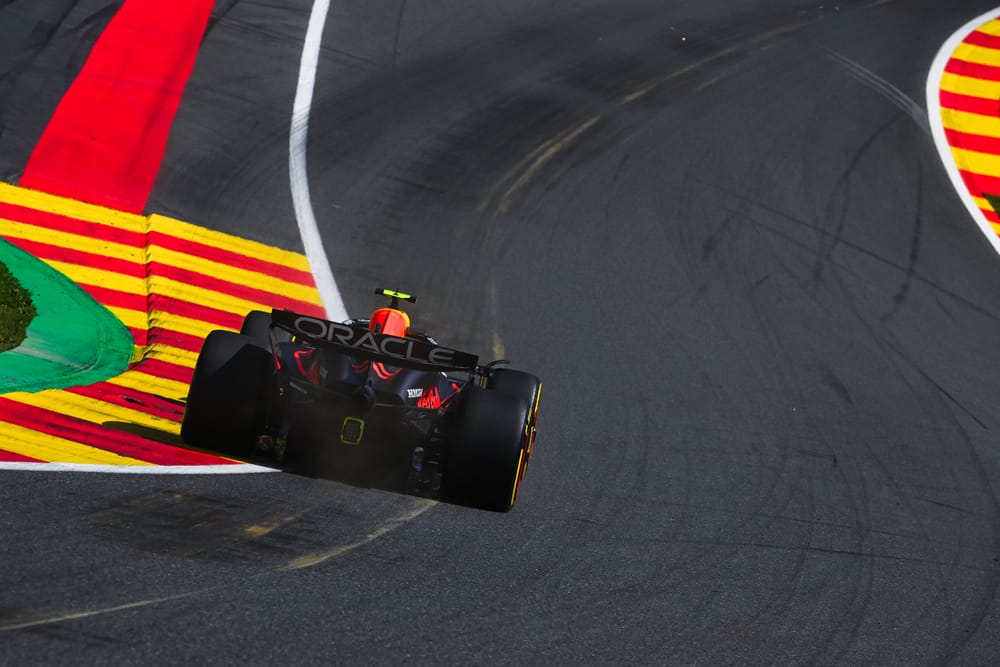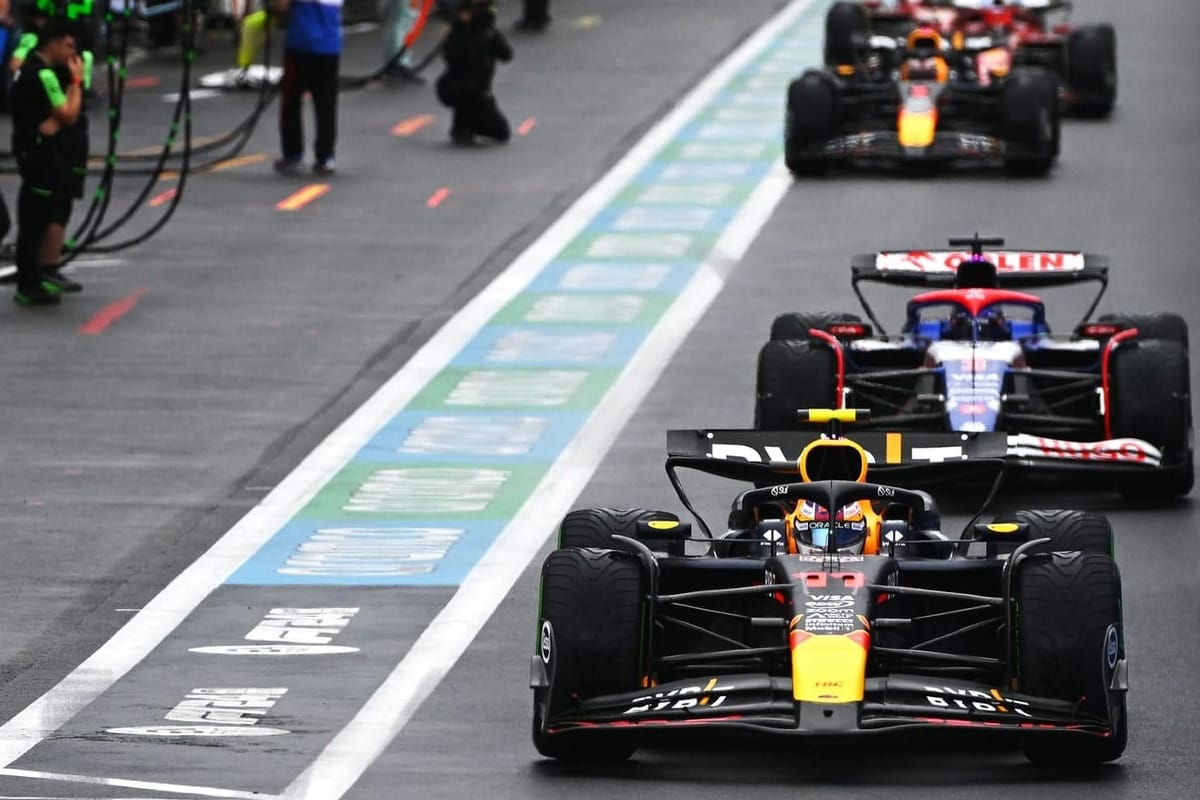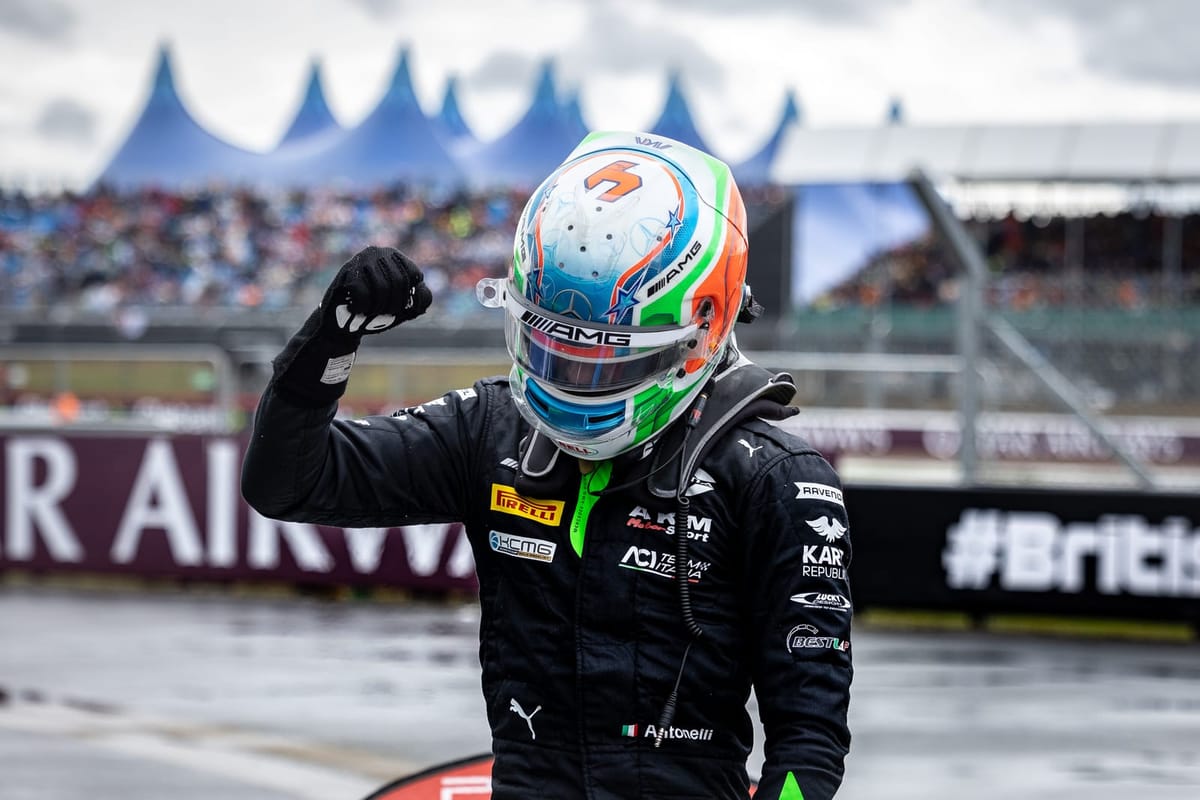Up Next

A recent piece from Scott Mitchell-Malm triggered a question: if Red Bull had Kimi Antonelli on its books, someone who is headed for Formula 1 stardom, would it have dropped Sergio Perez for him?
It’s a complicated question which is ultimately totally hypothetical. Red Bull doesn’t have Antonelli - Mercedes headhunted him and signed him at 11 years old, burned by how it missed out on Max Verstappen - nor does it have anyone comparable in its development programme line-up.
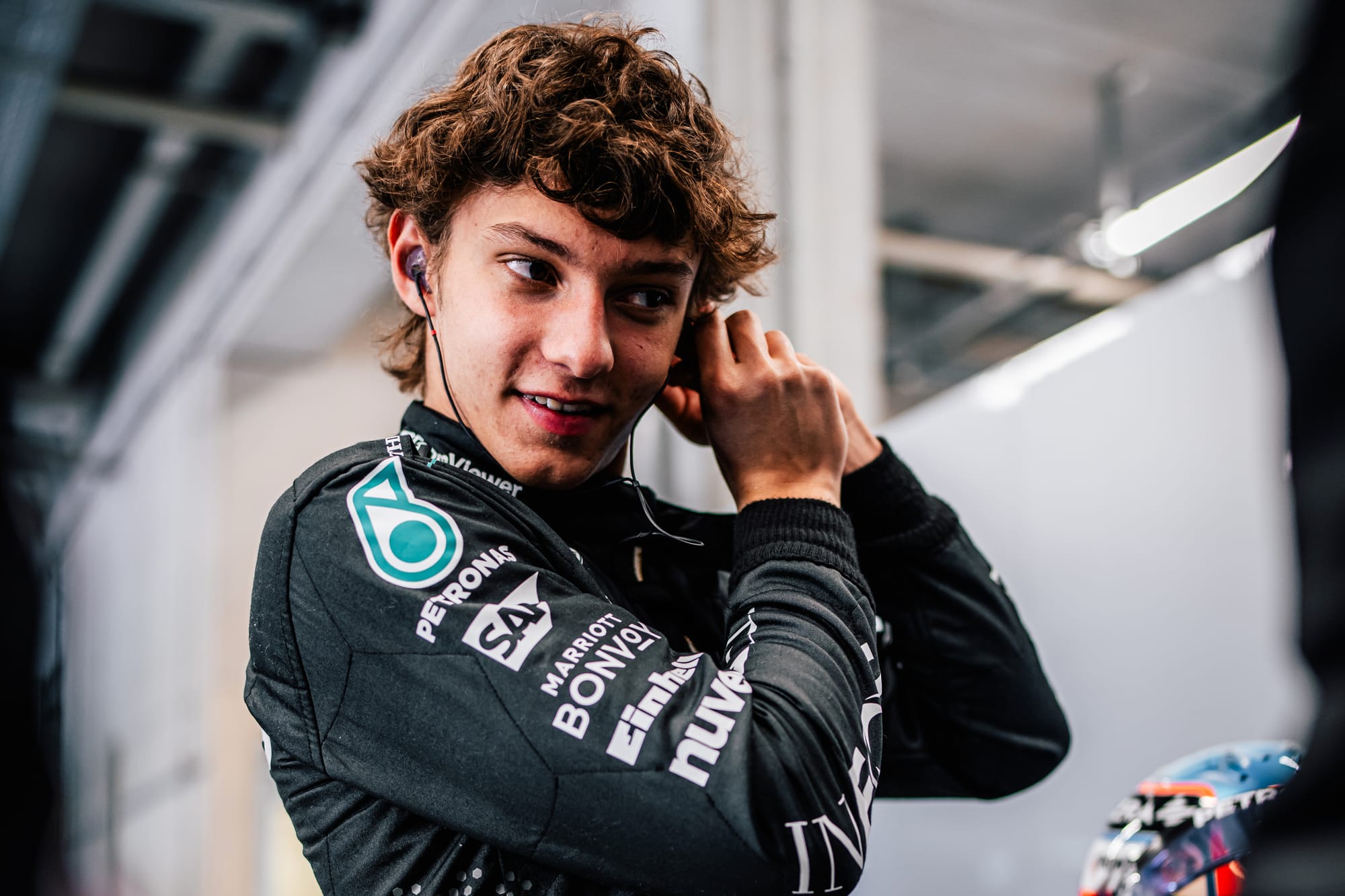
But does that point to a wider failure on the team’s behalf to be prepared for anything other than Verstappen having to single-handedly drive the team to success?
Many of its more recent signings - Nyck de Vries, Daniel Ricciardo (although he was admittedly a known quantity) and Sergio Perez - were signed from outside of the team’s ranks.
What does all this tell us about Red Bull’s driver programme and how it has managed it in recent years, now it's ultimately been left with an underperforming driver and no prevailing option good enough to unseat him?
Is Antonelli different to Red Bull's other options?
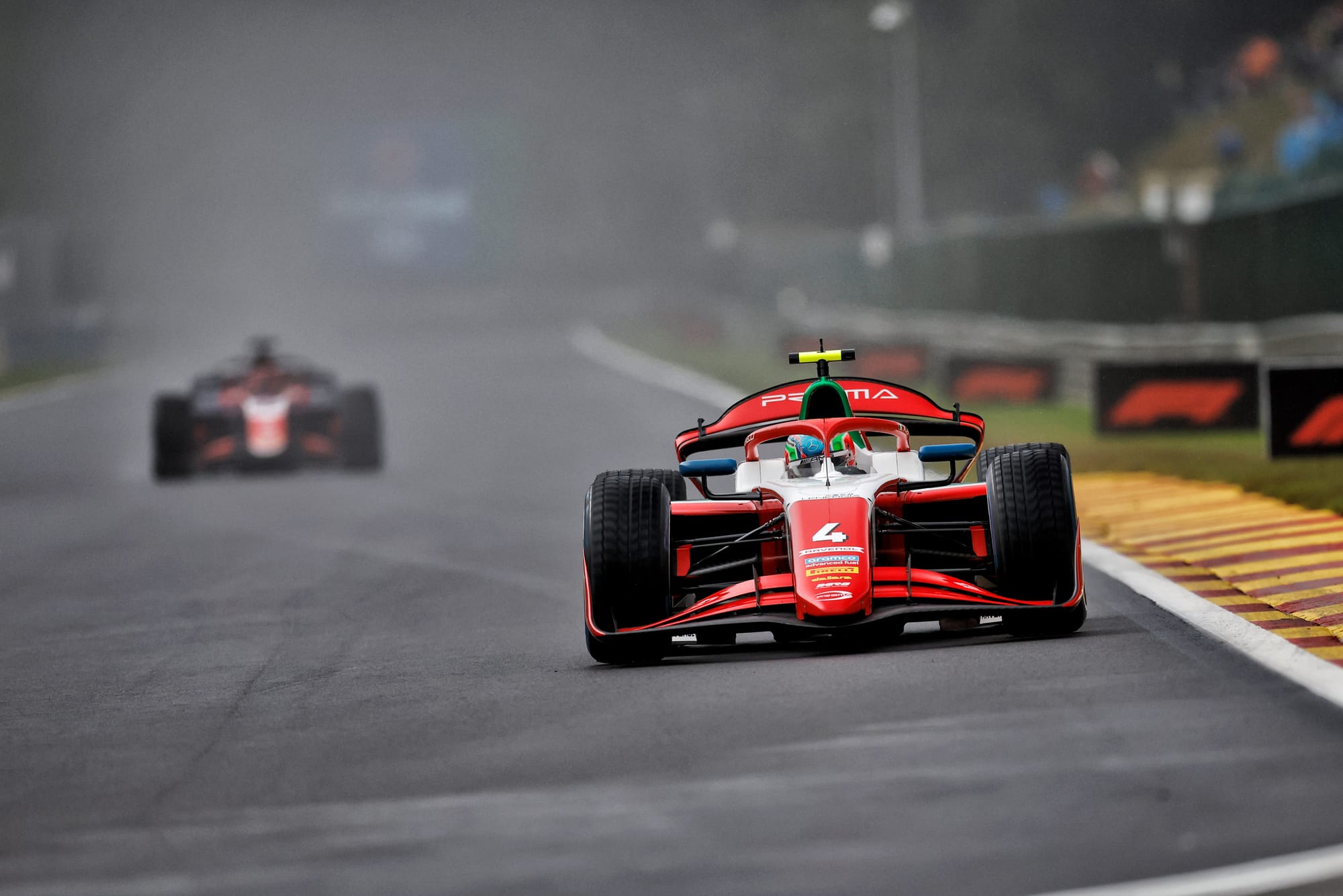
The original question was: would Red Bull replace Perez with Antonelli, if it had the latter on its books?
Initially, it seems Red Bull would have the same problem with Antonelli as with its other drivers. The 17-year-old has hardly blown the opposition away in his Formula 2 campaign and lies seventh in the championship.
Red Bull’s own junior Isack Hadjar - who could be promoted to RB next year, though that is neither a given or seemingly even the most likely option - is leading the standings, and Red Bull hasn’t had an F2 champion since the 2016 GP2 iteration of the series with Pierre Gasly.
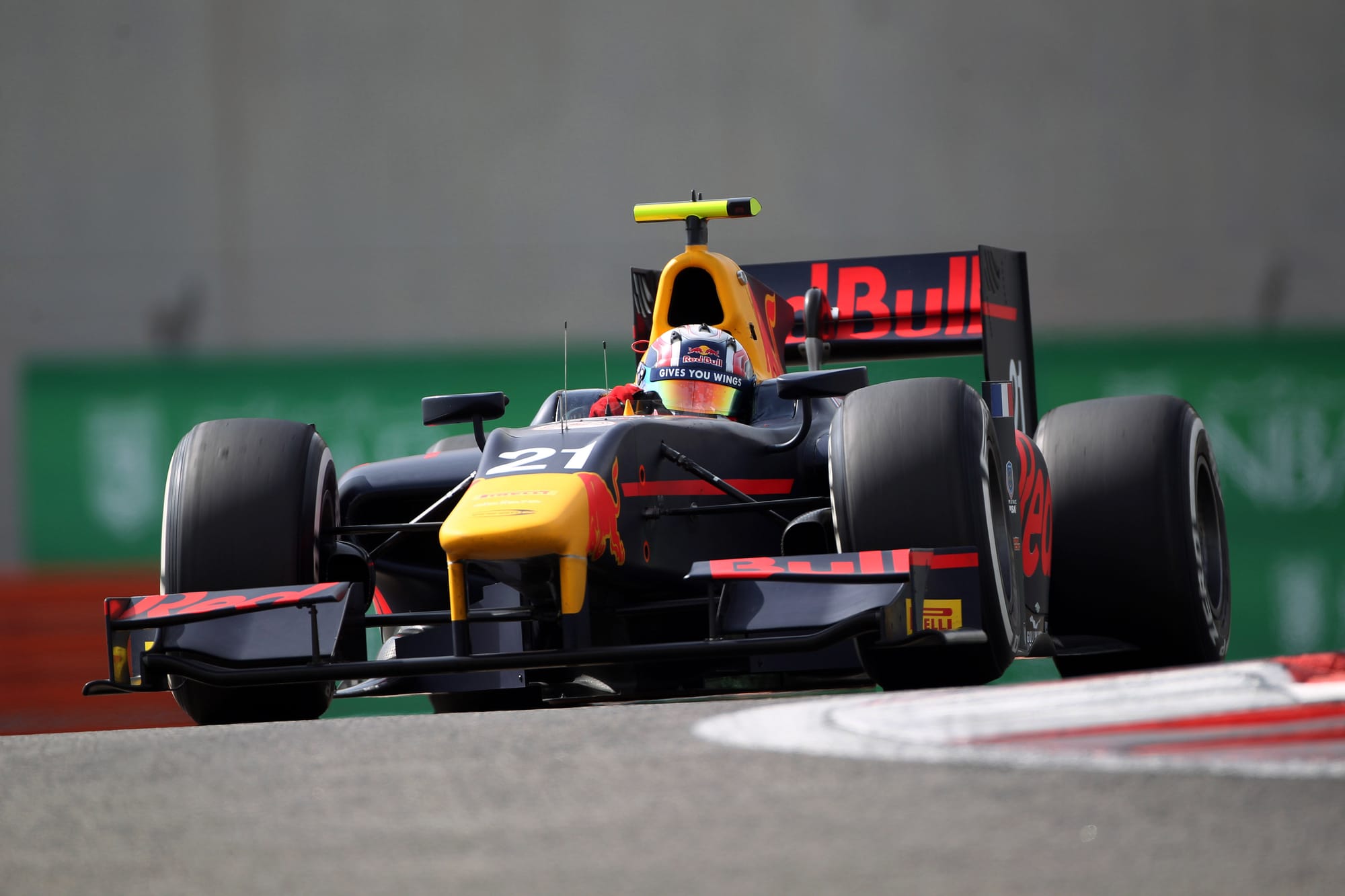
If Hadjar (below) does succeed and that still doesn’t bang the door down for an F1 drive the year after, it’s hard to know what would.
Seventh doesn’t tell the full story of Antonelli's season but, even so, it’s hard to imagine that being enough to unseat the other options Red Bull has, which has been its biggest issue.
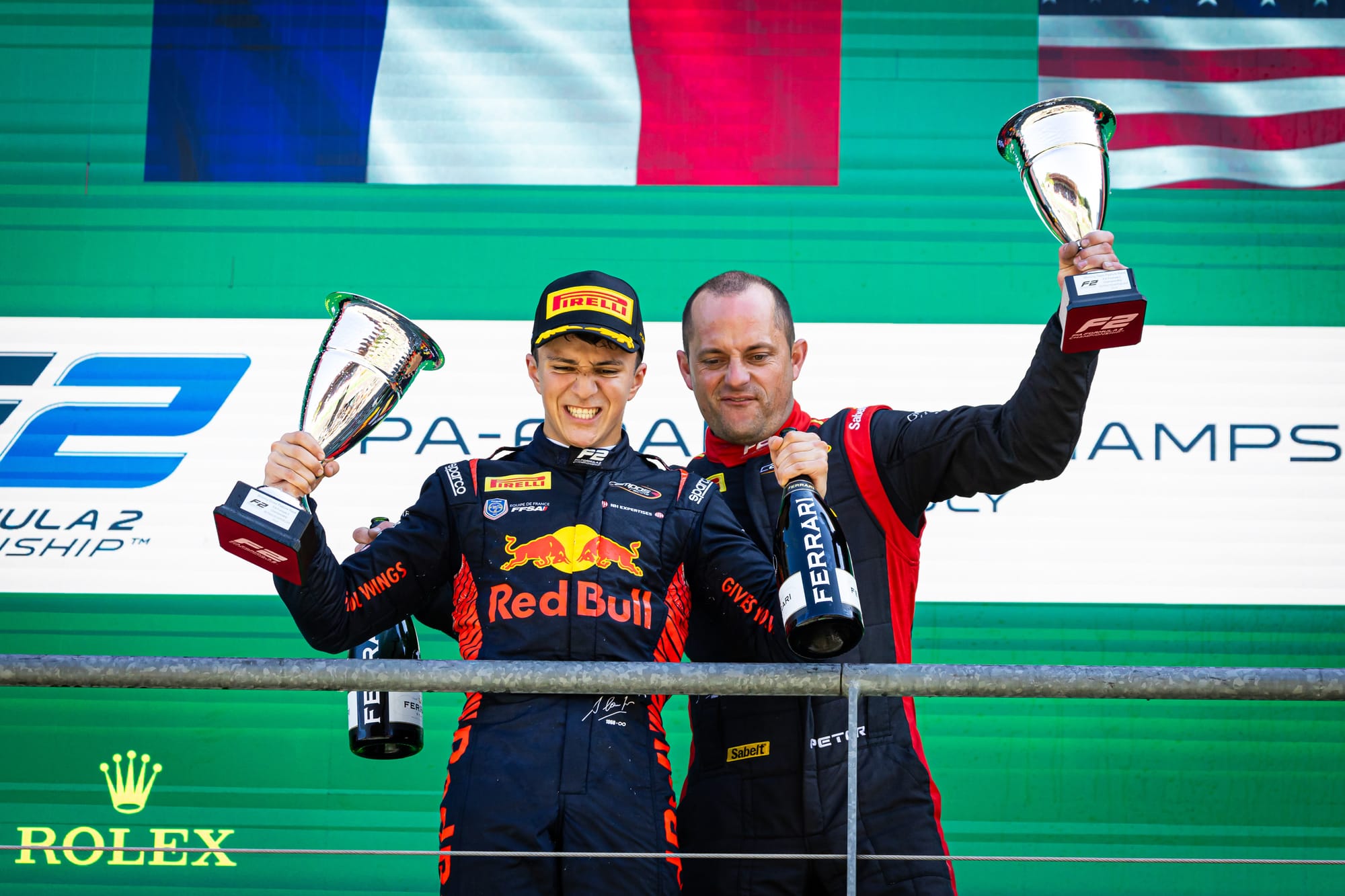
Its options are either good but not good enough to definitively say replacing Perez is the best thing for Red Bull, or unproven enough to make Perez seem like the safer option despite watching its constructors’ championship lead slip away.
...but Antonelli is different
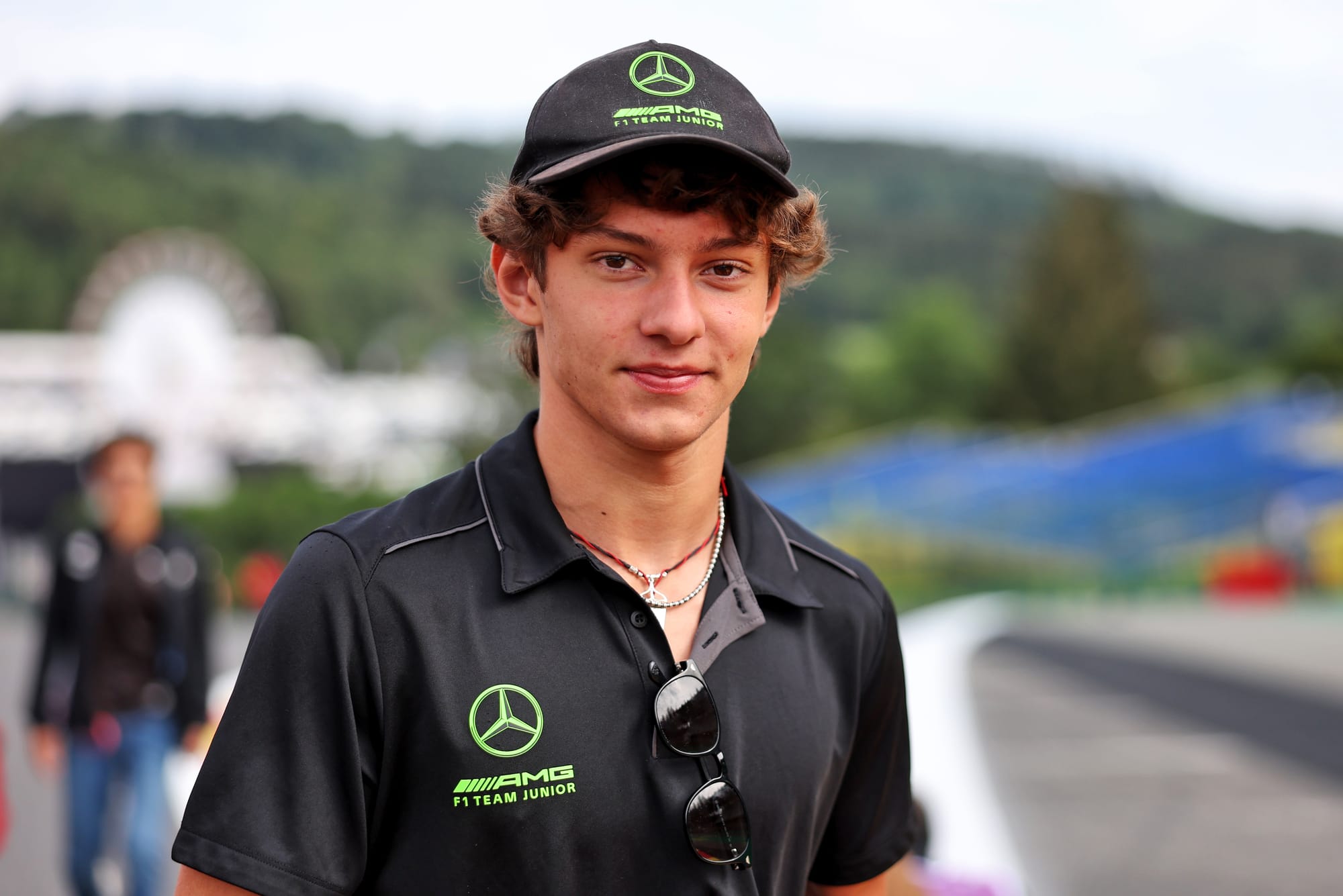
It’s clear that allowing Carlos Sainz to head to Williams means Mercedes is totally convinced that Antonelli is already good enough for F1, in the same way that Red Bull was sure that Verstappen was in 2014.
Regardless of his results, Mercedes appears so convinced that it’s hard to imagine that Antonelli isn’t the mega-talent heir to Verstappen’s throne as F1’s most famous prodigy.
So results and other drivers aside, given how Mercedes has handled Antonelli and his foregone conclusion of an F1 promotion, it's hard to imagine Red Bull wouldn't make the same call in similar circumstances.
Would Verstappen have had this opportunity?
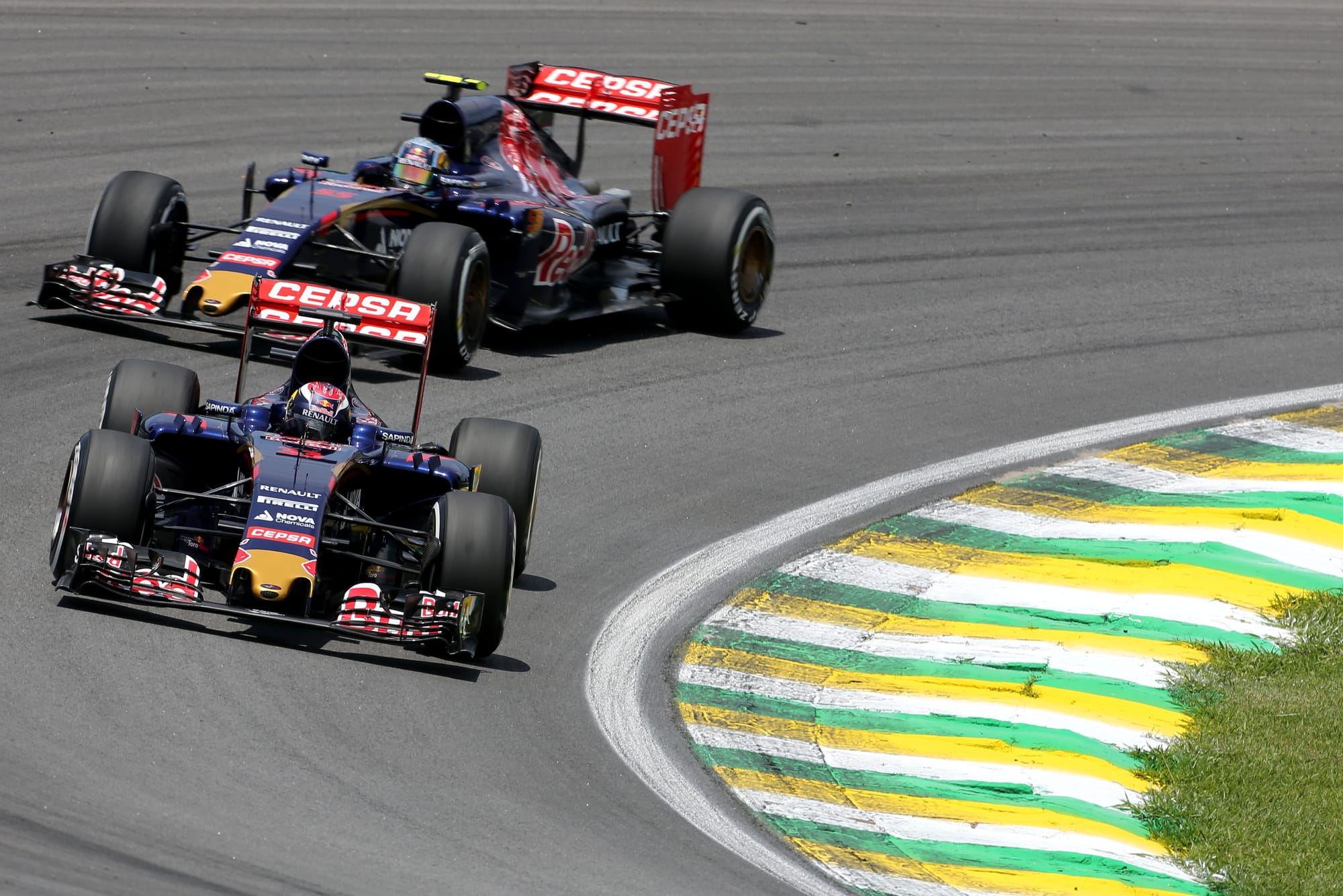
Red Bull was so sure with Verstappen that it didn’t feel the need to bother with GP2. His European Formula 3 campaign and the testing he did was enough - added together with the fact offering an immediate F1 drive was a key persuader in the Verstappen camp choosing Red Bull.
Whether it would put Verstappen straight into the works team as an 18-year-old rookie in the 2025 scenario is a tough question.
Ultimately it made a big change when it swapped Verstappen for Daniil Kvyat at the top team just four races into 2016, after a full 2015 season of Verstappen racing alongside Carlos Sainz at Toro Rosso. By then, Red Bull was even more sure of Verstappen’s credentials.
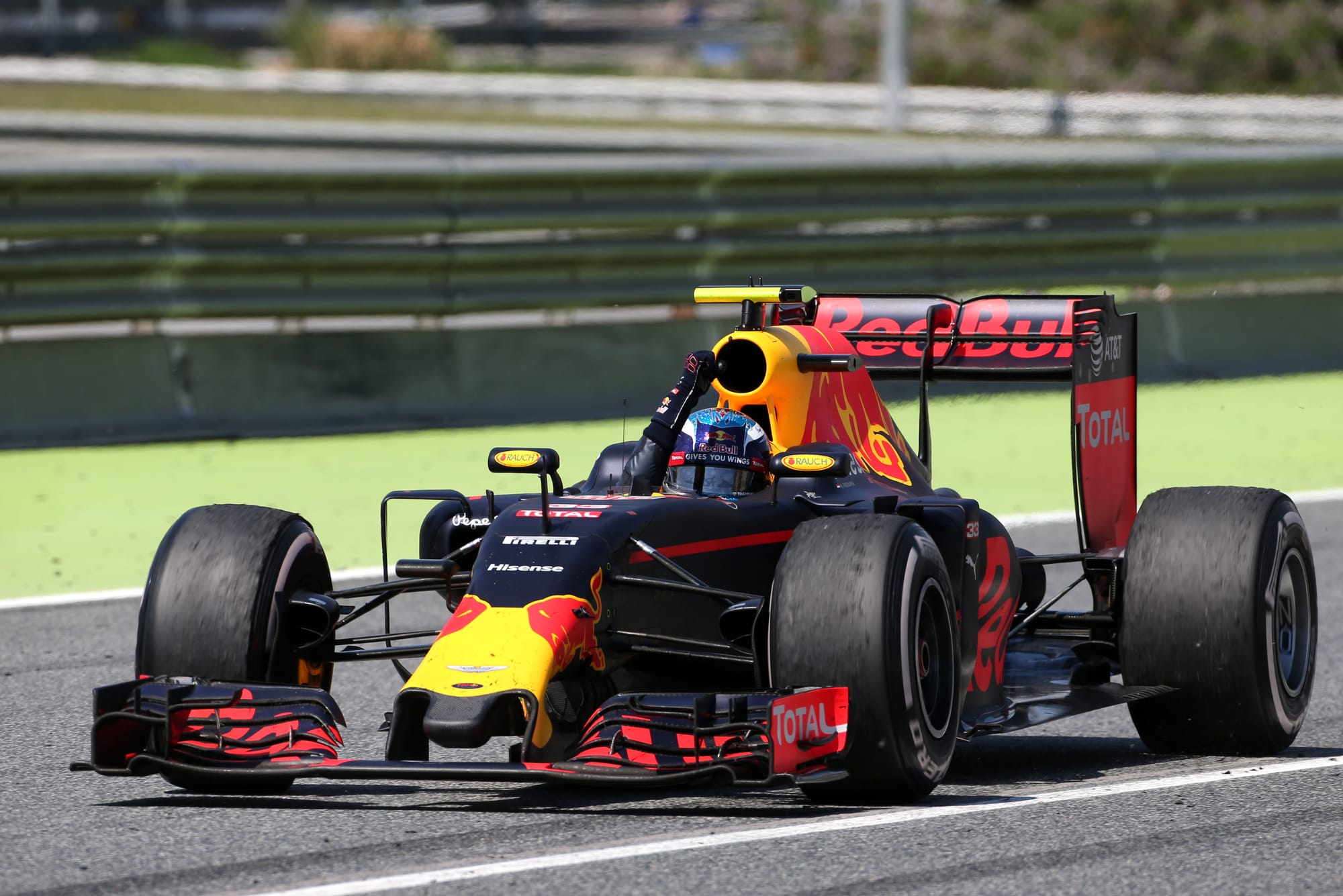
The context here was also that Red Bull hadn’t won a title since 2013 and while it was a contender for sporadic wins, Mercedes’ domination of the hybrid era from 2014-20 was such that Red Bull could afford to throw Verstappen straight into the works team without that year at Toro Rosso if it wanted to.
But it still would have been a tough decision.
Red Bull doesn’t have that luxury now, because it'd be throwing someone into a team in varying degrees of turmoil off the track and on its worst run of form since 2020 on it, as it looks to halt the rise of McLaren in the constructors’ championship.
Looking at 2025, without a major rule change, it's hard to imagine a massive swing from the current competitive order and therefore it's likely to be a similar situation.
That’s a lot more pressure than just ‘young driver at the works team’. This is why Red Bull's decision is so important, because who partners Verstappen won't be the difference between it winning the drivers' championship or not, but it might decide the outcome of the constructors' title race.
Red Bull's slowing conveyor belt
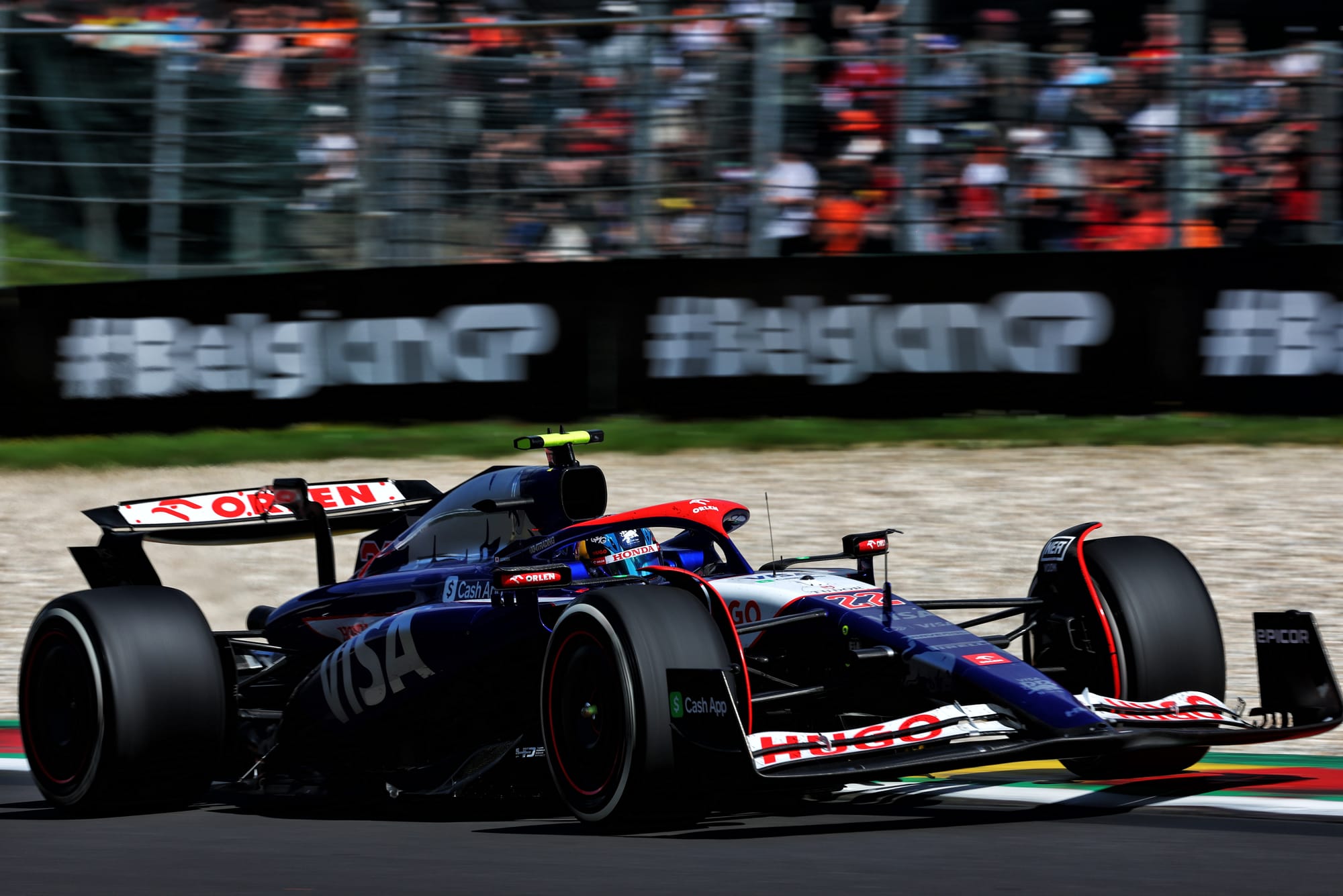
It seems ridiculous to say as one of its drivers is leading the F2 championship, but there’s no doubt that in recent years the other teams have done just as good a job if not better of bringing young talent into F1 than Red Bull has.
Charles Leclerc, George Russell, Lando Norris and Oscar Piastri have all come through other teams' programmes since Verstappen came to F1, and all Red Bull has done is promote drivers it couldn’t sustain in its works team and who have gone on to lead elsewhere with Alex Albon and Sainz at Williams next year plus Gasly at Alpine.
Even Yuki Tsunoda, its only recent success story in F1 terms, isn't deemed convincing enough to warrant his chance at the top team and will surely end up condemned to RB or the sidelines unless another team takes a stronger look at him than any have before.
There’s no doubt the programme has struggled to produce the same amount of talent recently as in the past - whether that’s because it developed one of the best talents of all time in Verstappen, has taken too many young drivers for their budget instead of their ultimate talent, hasn’t given as favourable opportunities as some of the other teams have offered, has been supplanted by its rivals getting their academies into better shame, has failed to shake its reputation for being cut-throat with its drivers, or simply lacked a certain amount of fortune in uncovering a hidden gem.
Any one or all of these could be the case, and developing a prodigious talent is no mean feat achieved by simply just having the will and desire to do it.
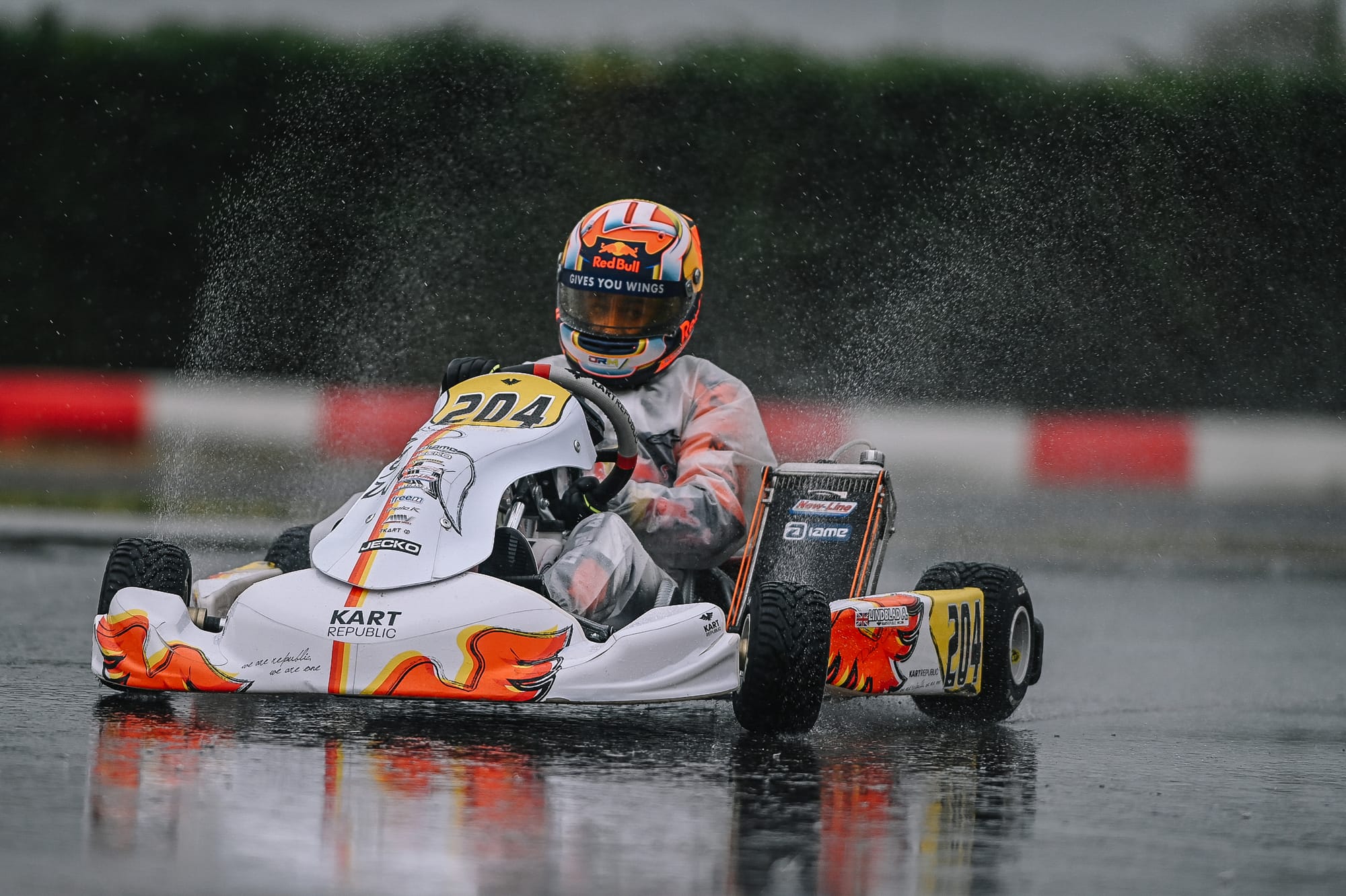
Red Bull has even moved with the times to look earlier in the careers of more drivers.
It's not suddenly become much easier to spot future F1 champion potential in an 11-year-old karter, but F1 teams are gambling on more of these talents in the hope that they have just that instead of waiting to see how they get on in cars.
Other teams may have been more aggressive in this strategy, but it has moved to rectify that by relaunching the Red Bull Driver Search - which ultimately produced sometime Toro Rosso driver Scott Speed - for 2024 as it looks to "scout for the next generation drivers" to join its junior team.
It's already held one three-day shootout evaluation, led by motorsport advisor Helmut Marko, at Jerez earlier this month, from which two karters - 16-year-old Fionn McLaughlin and 14-year-old Scott Lindblom - were selected to join its junior team.
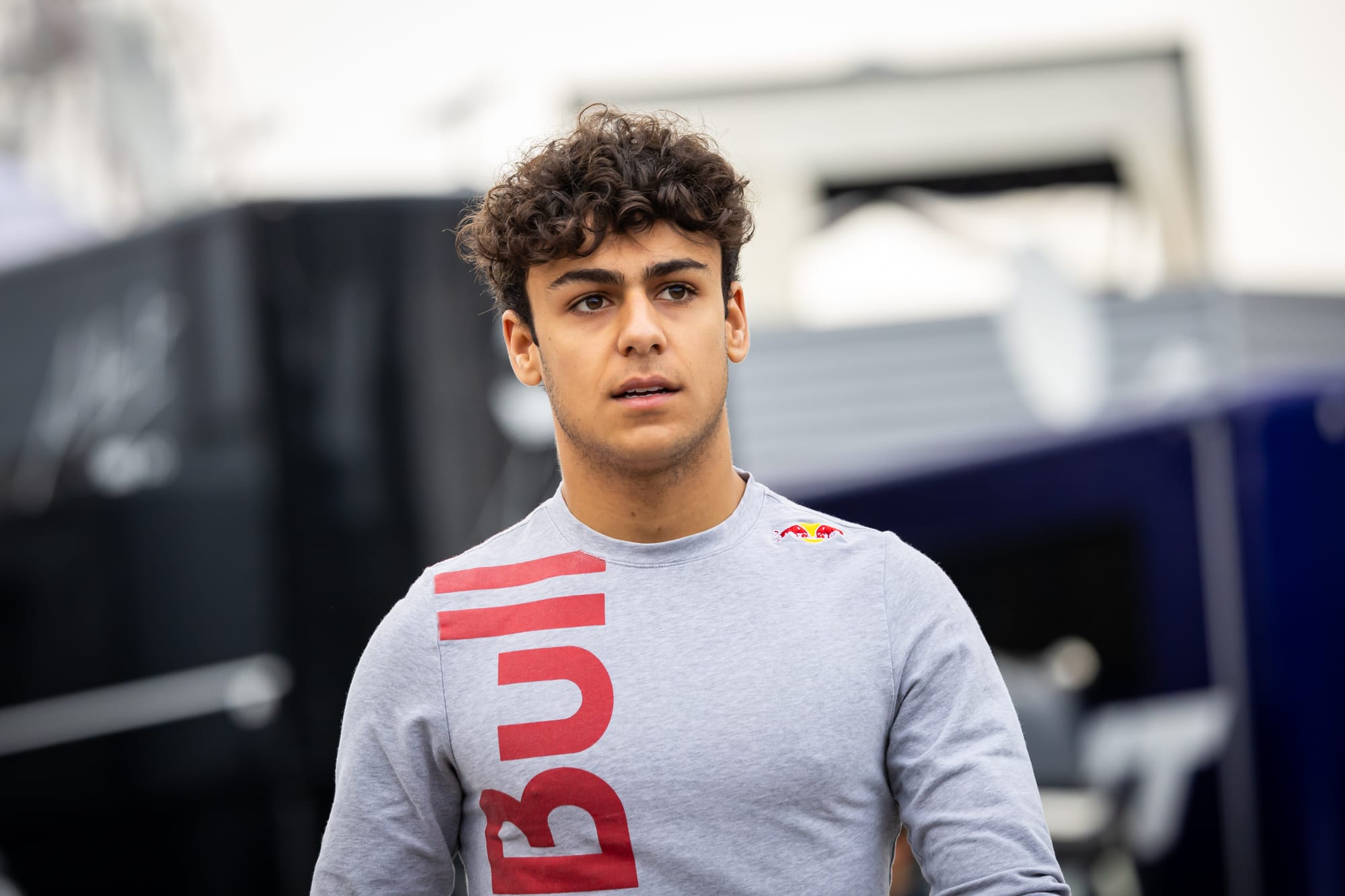
And Red Bull does have one talent it's already picked out in that way that it's particularly excited about: Arvid Lindblad - currently third in Formula 3 (pictured above and in karting earlier on) - who it snapped up when he was 13.
Picking prodigies from karting is not new and it's certainly not easy. It's just become something you have to do more of to get first refusal on some of these talents.
A more conservative Red Bull
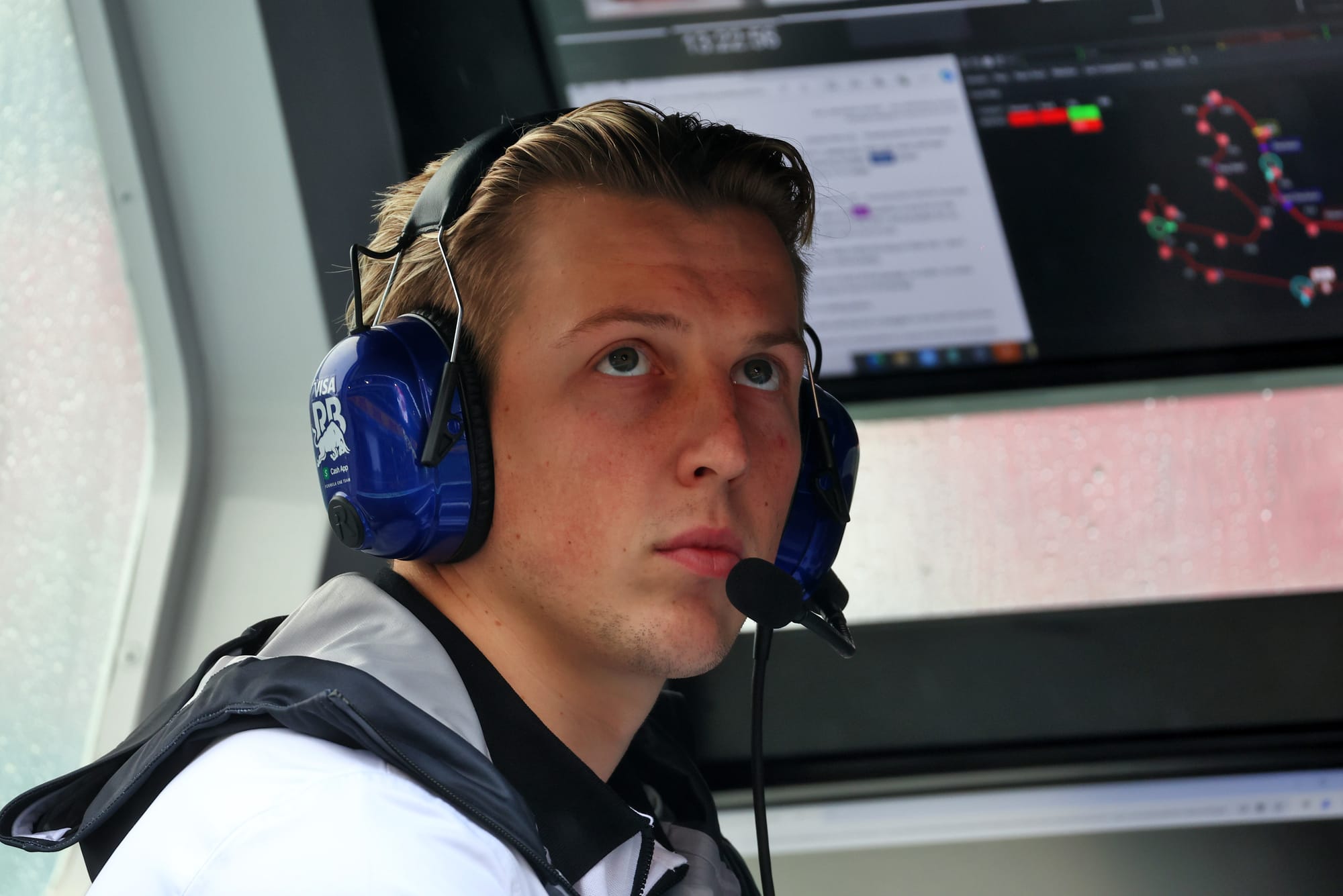
There’s a time where single-seater grids would be dominated by Red Bull juniors.
While dropping that number down to focus better on the few it has - and the rise of the other teams having more extensive and competitive programmes to match Red Bull's in competition - is admirable, it certainly feels like it is producing fewer elite talents.
That means fewer to choose from too, but The Race’s Valentin Khorounzhiy reckons the team is also proving more conservative in its selection process too, which has perhaps contributed to its talent logjam.
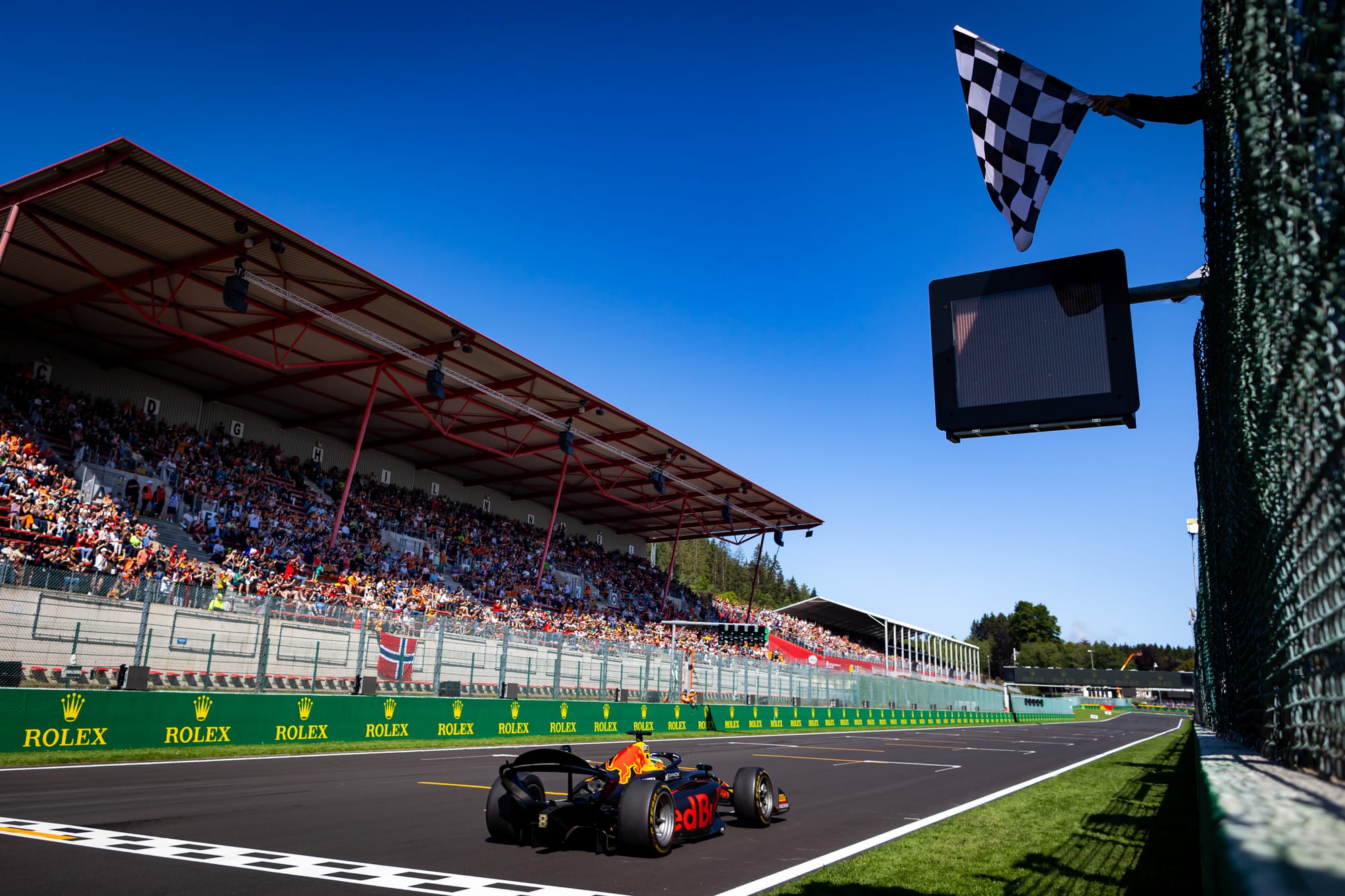
“If it was the old Red Bull with Marko calling the shots on the driver front, we'd have Tsunoda at Red Bull and Liam Lawson-Hadjar in at RB for 2025,” says Khorounzhiy, and it’s very hard to argue with that assessment.
I’d argue that at least in the long term (but probably in the short term too), those two line-ups would perform better than Red Bull and RB are now and will do in 2025.
The junior programme might have slowed and that’s not all Red Bull’s fault, but its decision-making for 2025 also appears to be reflecting a much calmer approach.
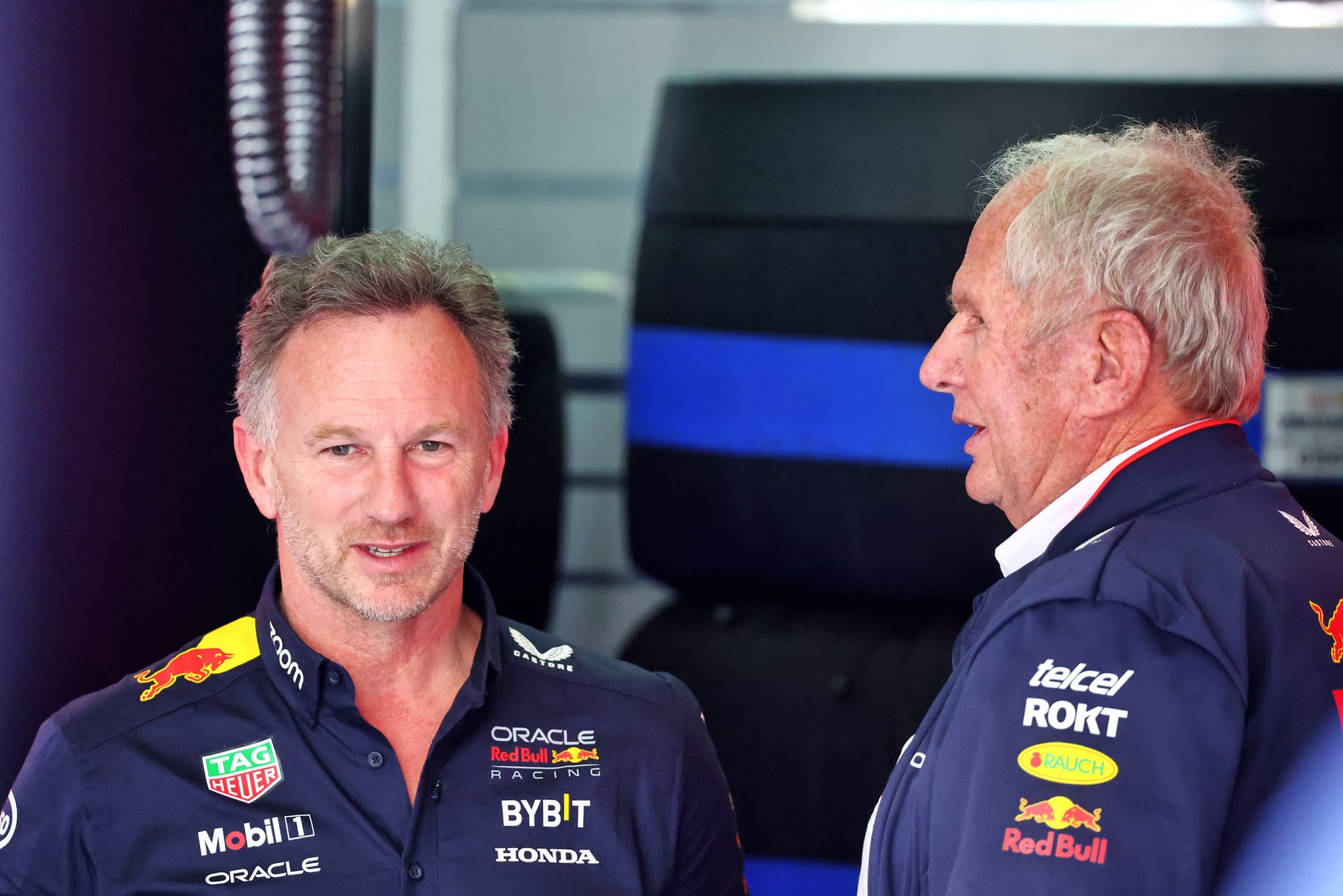
Maybe that’s just born of a power struggle between team principal Christian Horner and Marko over driver selection, Marko having previously had a far bigger say on driver selection.
It’s interesting this apparent conservative approach is coming amid Red Bull's most competitive period in recent times, and when it needs drastic action the most.
It's been criticised in the past for letting drivers go too early and how cutthroat the programme can be. You could argue it’s having the opposite problem of having too many nearly-men in its ranks now, and their continued seat-hogging is halting the way for Red Bull to get to a better line-up, quicker, in the future.
If it did have an Antonelli or a Verstappen in the junior ranks, it’s hard to see even them unseating Perez next year, a decision it might have made in a heartbeat if it had needed to in 2015 or 2016.
That shows you how tough the Perez decision really is and how much of a driver pickle Red Bull has got itself into.


